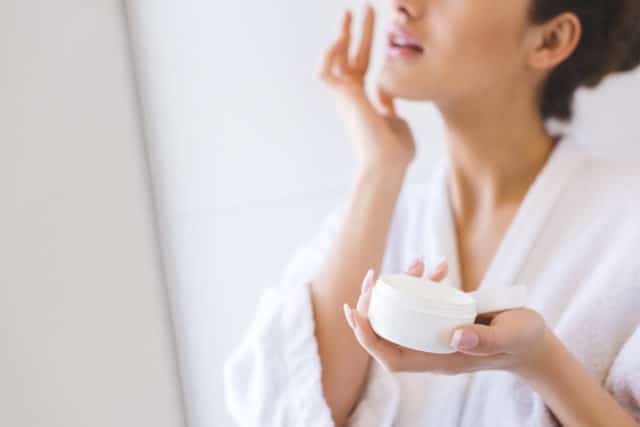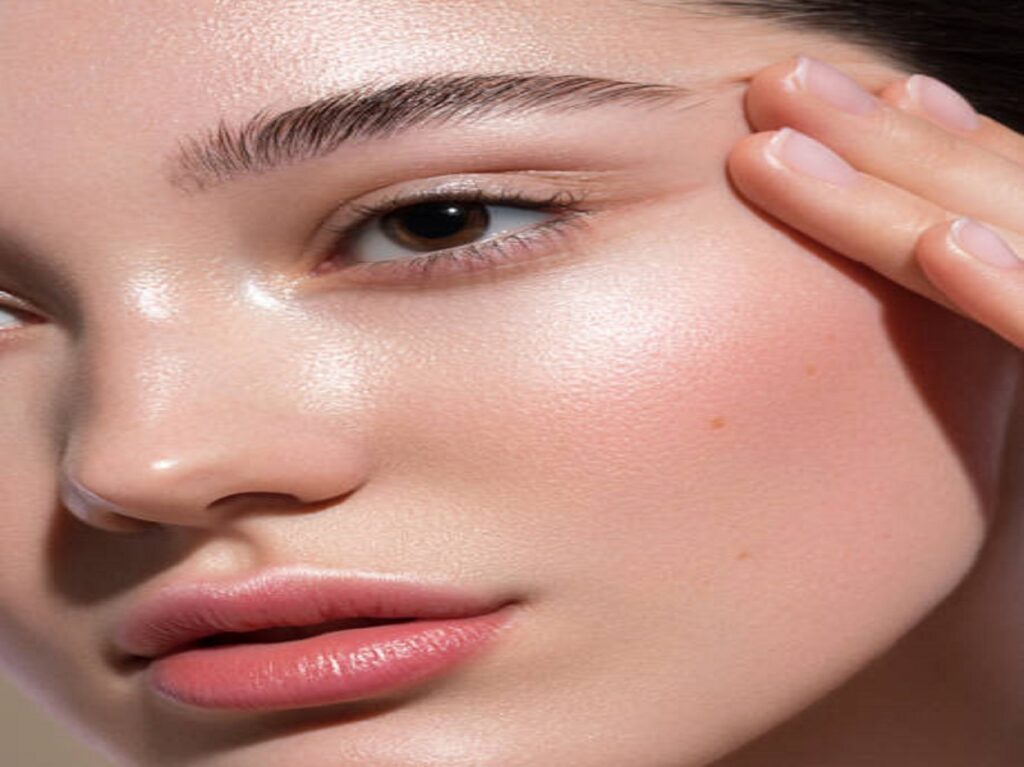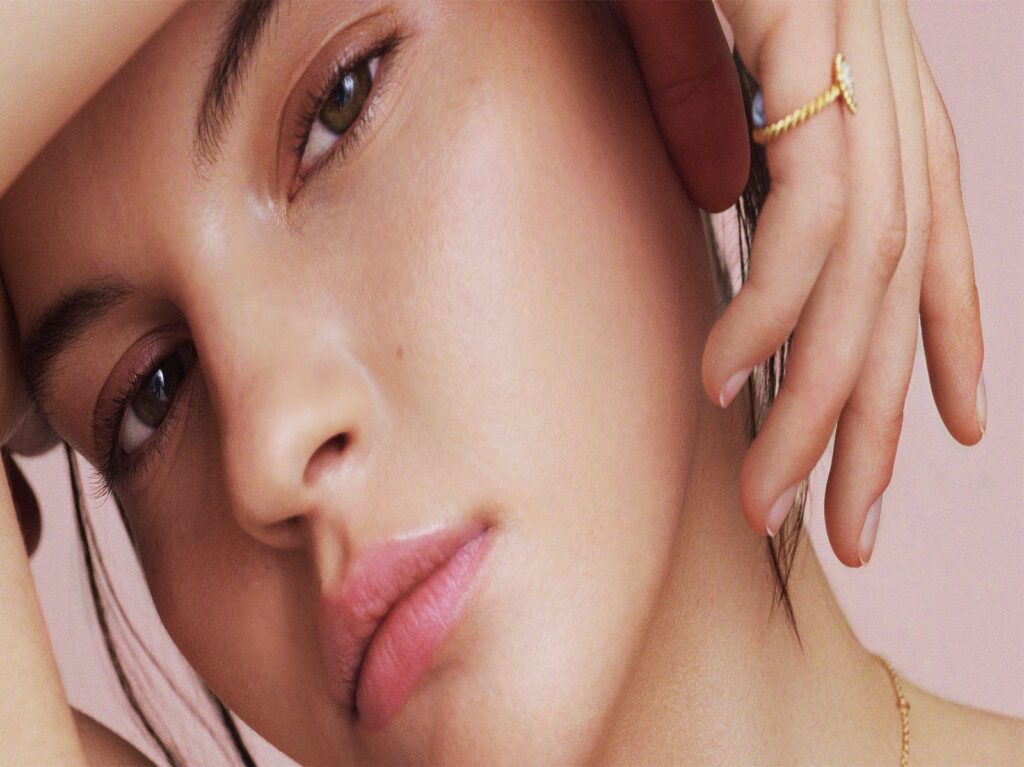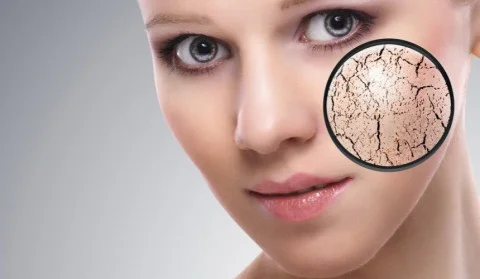If you have dry, rough, or even cracked skin, urea cream might be the solution you’ve been searching for. This powerful ingredient can provide the deep hydration your skin needs.For over a century, urea has been used in dermatology to treat various skin conditions. But what exactly is urea cream? Although it might sound unusual, urea is a natural component produced by your skin to maintain hydration balance.
Synthetic urea is widely used in dermatological creams and ointments. It’s renowned for its ability to combat xerosis (extremely dry skin) and other serious skin issues. Experience the benefits of urea cream and give your skin the care it deserves.
What Is Urea Cream?
Urea is a naturally occurring compound produced on the skin when the body breaks down proteins. It plays a crucial role in maintaining skin hydration and is a key component of the epidermis.
Urea is part of the skin’s natural moisturizing factor, which includes several elements that help retain moisture in the outermost layers of the skin. While it is the major organic component of urine, urea is also found in sweat, blood, and human milk.
For skincare, synthetic urea is manufactured and used in topical creams and ointments. Although our skin naturally contains urea, these creams and gels are specifically formulated to soften and hydrate dry, cracked skin effectively.
How to Use Urea Cream?
When using urea cream, it’s best to start with a lower concentration, such as urea 5 or urea 10. This allows you to see how your skin reacts before increasing concentration if necessary.
Apply it like any other hydrating ointment or lotion, spreading a thick coat on the areas of concern. This can be done twice daily, in the morning and at night, or as directed by your dermatologist.
If you don’t see results from lower, over-the-counter concentrations, consult your dermatologist about a prescription or safe ways to use high-dose creams available in stores.
Benefits of Urea Cream
Research shows that urea cream is an effective dermatologic therapy with wide-ranging clinical uses and minimal side effects, including the following:
Powerful Moisturizer
Urea naturally enhances hydration in the skin, making it an excellent moisturizer for problematic areas. When applied topically, it hydrates the skin and enhances its integrity, serving as a protective barrier. Lower doses of urea-containing products (10% or less) act as moisturizers, while higher concentrations help break down dead skin with their keratolytic actions.


Soothes Skin
Urea acts as an emollient, soothing and softening the skin. It helps improve rough patches, flaking, and extreme dryness. Studies indicate that urea creams can soothe skin issues such as atopic dermatitis, psoriasis, and xerosis. Additionally, products containing urea can work as anti-wrinkle creams by hydrating and soothing problematic areas.
Enhances Absorption
Urea acts as a humectant, retaining moisture from the air and environment to hydrate the skin. Humectants are often used in skincare products, from lotions and creams to soaps and shampoos, to pull moisture from the deeper layers of skin to the surface, increasing overall moisture levels.


Removes Rough Skin
Urea topicals can penetrate thick, dry skin and break down rough surfaces caused by dead skin cells. As a keratolytic agent, urea sheds the outer layer of skin, promoting softness. This makes it effective for treating cracked hands and feet, foot calluses and corns, and dryness related to psoriasis or eczema. It also helps soften thick, misshapen nails, making them easier to cut.
Risks and Side Effects
Using a highly concentrated urea product may cause side effects such as irritation, burning, and itching. In rare cases, urea 40 may break down skin cells, so discontinue use if this occurs.
Avoid applying urea close to your eyes, nose, or mouth, as it may cause irritation. It should also not be applied to open skin or cuts.
If you experience any serious side effects, consult your dermatologist immediately.